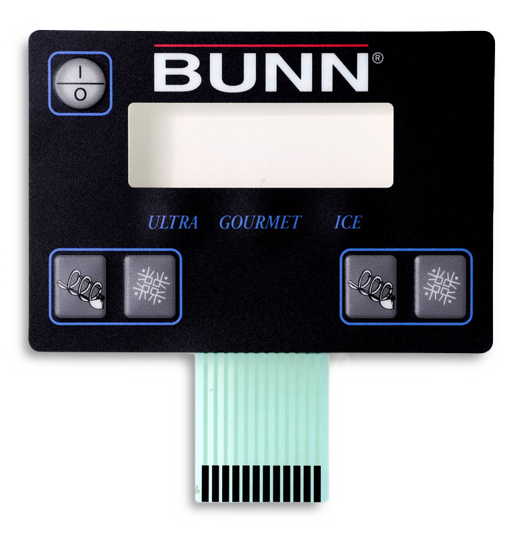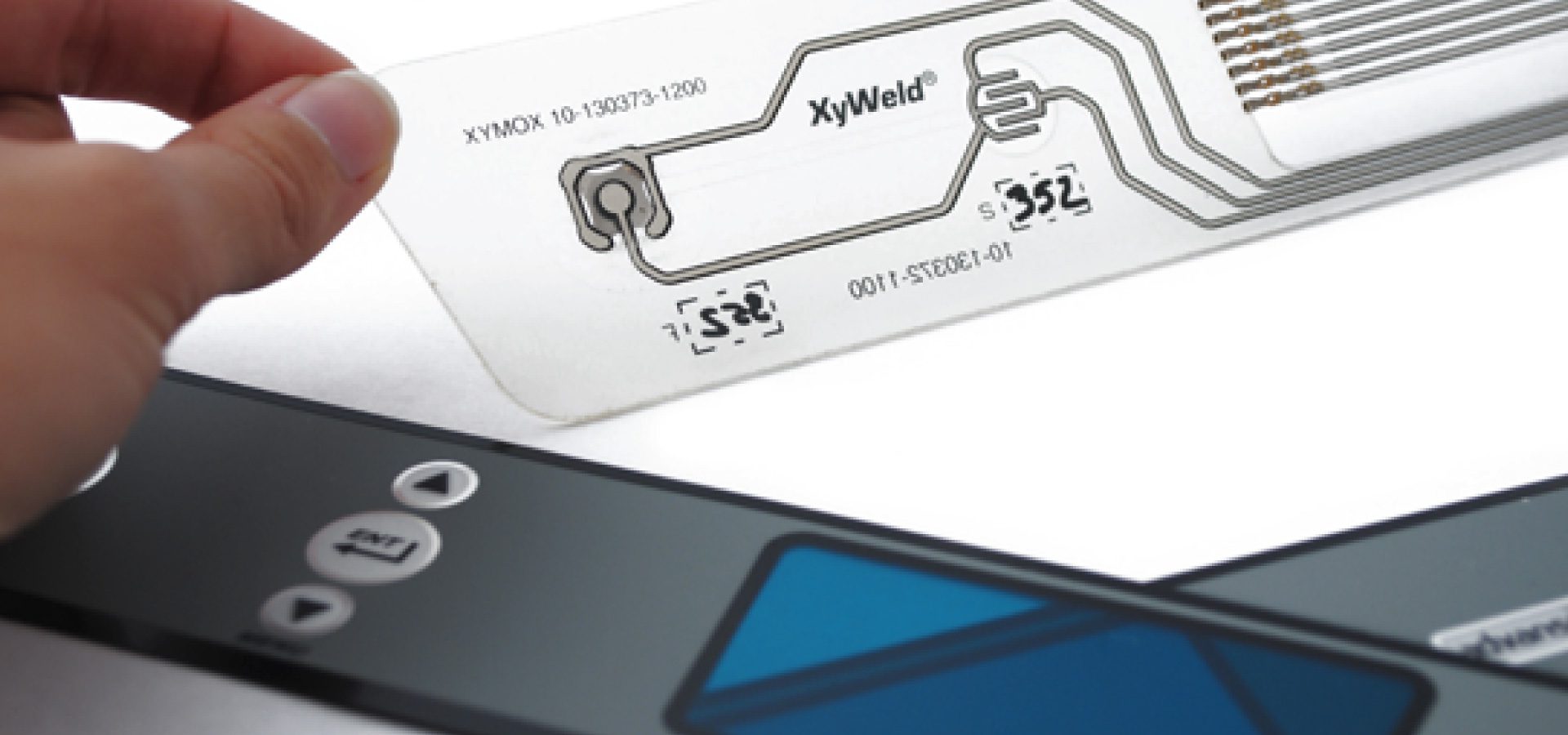The Role of Membrane Switches in Enhancing Product Aesthetics
Understanding the Relevance of Membrane Switches in Interface
Membrane switches are indispensable elements in the design of efficient user interfaces, promoting not only functionality however also improving aesthetic charm and user communication. Their unique functions, such as resistance to environmental elements and customizable layouts, make them appropriate for a varied range of applications throughout multiple sectors. As we explore the future patterns and numerous advantages connected with Membrane innovation, it comes to be clear that these switches are greater than simply components; they represent a merging of innovation and functionality. The effects of this modern technology on user experience deserve checking out even more.
What Are Membrane Buttons?

The spacer layer, which contains glue properties, enables the splitting up of the circuit layer from the overlay, making sure that the switch remains in a non-activated state till pushed. When pressure is put on the overlay, it presses the spacer layer, connecting the gap and finishing the circuit in the underlying layer. This style not only reduces the physical room required for traditional mechanical buttons however also boosts the toughness of the gadget, as Membrane buttons are typically immune to dust, moisture, and various other environmental variables.
Frequently found in applications varying from consumer electronic devices to medical tools, Membrane buttons are integral to contemporary innovation, giving a reliable and straightforward user interface that lines up with modern style needs.
Advantages of Membrane Switches
While countless switch modern technologies exist, Membrane Switches deal distinct benefits that make them particularly preferable in numerous applications. One of the key benefits of Membrane buttons is their compact style, which permits for space-saving implementations in tools where property is limited. Their slim account not only improves visual appeal however additionally helps with light-weight building and construction.
Another considerable benefit is their resistance to environmental elements. Membrane buttons are typically sealed versus dampness, dust, and contaminants, making them excellent for use sought after settings, such as clinical tools and industrial devices. This toughness expands the lifespan of the switch, decreasing upkeep expenses and boosting integrity.
Moreover, Membrane switches can be customized to satisfy certain style needs, including one-of-a-kind graphics and shades that boost user interaction. Their responsive feedback options can also be tailored to provide a satisfying user experience. Additionally, Membrane buttons are cost-effective, particularly in high-volume applications, as they can be produced successfully.
Applications in Numerous Industries

In the customer electronics sector, Membrane switches prevail in gadgets such as microwaves, washing equipments, and push-button controls. Their tactile comments and aesthetic alternatives improve customer experience while supplying a sleek, modern-day look. In addition, automobile suppliers use Membrane switches in control panel controls and infotainment systems, where room is limited, and customer engagement is essential.
Furthermore, the commercial industry leverages Membrane switches in control panels for machinery and tools, enabling for instinctive operation in commonly harsh settings. Their resistance to chemicals and moisture makes sure long life and reliability in these applications. Generally, the adaptability of Membrane Switches adds significantly to their extensive usage, making them crucial in numerous technical domains.
Style Considerations for Membrane Buttons

When creating Membrane switches, numerous essential considerations must be taken right into account to guarantee optimum functionality and individual experience. To start with, the choice of products is crucial; picking long lasting, top quality substrates can improve the switch's durability and resistance to environmental aspects such as wetness and temperature level changes.
Second of all, the layout of the visuals overlay must prioritize clarity and ease of usage. Symbols and message should be clear, and the layout should promote instinctive communication (membrane switches). Additionally, tactile responses is crucial; integrating a tactile dome or other devices can improve the user experience by providing physical verification of activation
One more essential factor is the button's electrical efficiency. Developers should ensure that the conductive traces are effectively developed to minimize resistance and stay clear of signal interference. This involves examining the needed actuation pressure and making sure compatibility with the electronic parts they will user interface with.

Future Patterns in Membrane Modern Technology
As technology remains to advancement, Membrane buttons are poised to advance considerably, driven by technologies in materials and making techniques. One emerging fad is the incorporation of sophisticated products, such as conductive inks and flexible substratums, which improve longevity and decrease the general weight of Membrane buttons. These materials not only boost the responsive response however additionally permit the design of switches that can stand up to harsher ecological conditions.
Additionally, the combination of touch-sensitive modern technologies is transforming conventional Membrane Switches into even more interactive interface. Capacitive touch sensing units installed within Membrane switch panels can offer a much more receptive and instinctive user experience, aligning with the growing demand for sleek, contemporary styles in consumer electronic devices.
Furthermore, improvements in printing strategies, his response such as electronic and 3D printing, make it possible for quick prototyping and modification of Membrane buttons. This adaptability permits suppliers to react faster to click here for info market needs and customer choices.
Finally, sustainability is ending up being a considerable focus, with producers exploring environmentally friendly materials and processes. As these fads unravel, the future of Membrane innovation promises improved functionality, visual charm, and ecological duty, strengthening their role in advanced interface across various industries.
Verdict
In verdict, Membrane Switches stand for an important part in the design of customer interfaces, combining capability with aesthetic versatility. As innovations in innovation proceed, the evolution of Membrane buttons is expected to additional improve user interfaces, driving advancement and improving functionality in a significantly complex technological landscape.
Membrane buttons are integral elements in the layout of reliable user interfaces, assisting in not just functionality but likewise boosting visual appeal and individual communication.Membrane Switches offer as a vital element in different customer interfaces, facilitating a seamless interaction between individuals and digital tools.While countless switch technologies exist, Membrane Switches offer unique advantages that make them especially preferable in numerous applications.In addition, Membrane buttons can be tailored to fulfill specific design requirements, incorporating distinct graphics and colors that enhance user interaction.In conclusion, Membrane Switches stand for an essential component in the layout of customer interfaces, incorporating capability with visual adaptability.